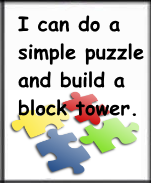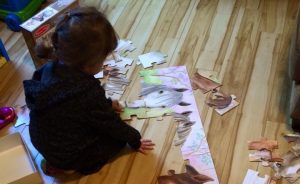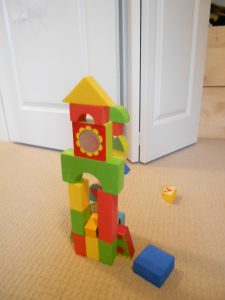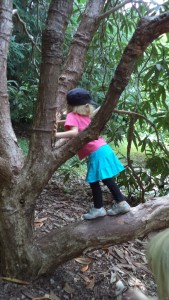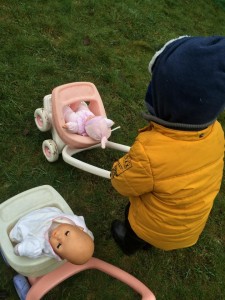Kids impress us with their creativity and flexibility, especially in how to use non-toys for children’s play. So good, it happens almost daily! Have you had to search all over the house and car for something a little one was playing with? Like the keys or your phone?
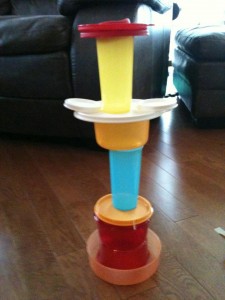
Kids play with almost anything. What appeals to them is how they can interact with something. An empty box has endless possibilities for imaginary play. The food containers stack up and fit together like blocks and other construction toys. If they were packaged and called nesting blocks, they could probably be marketed. The spoon and other items in a kitchen drawer make great noises and can be moved in all sorts of ways, just like mechanical toys.
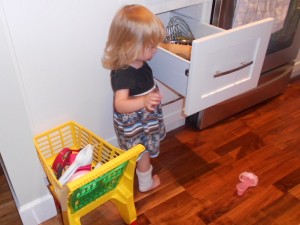
The recycling basket in your house is like a pirate’s treasure trunk for kids. They can build, make noise, put together, roll around, shake, stack, or whatever else they can think of. Plastic food containers, cereal boxes, paper rolls and tubes, bits of string, corks, lids, and paper offer possibilities for play.
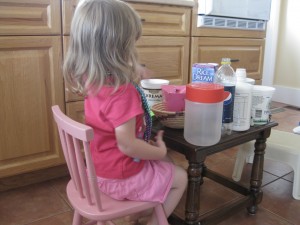
Besides ordinary items in your house to use as non-toys for children’s play, there are places, too. The kitchen sink and a bit of water can engage a child for long stretches of time. Add some spoons and containers, with and without holes for endless play. Soap bubbles are fun too. The tub is another super place to play and learn, even without water. A blanket over the sofa makes a fort for kids of all ages.
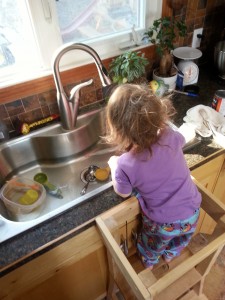
We don’t think of Nature as a toy, but outside has a world of play. Some non-toys to use for children’s play include dirt, sticks, rocks, leaves, grass, wind, pine cones, flower petals, and water. These offer so many opportunities that they are used by kids everywhere, and have been for eons.
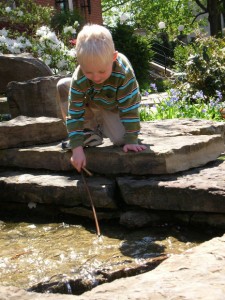
Sometimes, the non-toys kids play with give us gray hairs and terrified jolts. Ordinarily, though, with some creativity on our parts we can discover things kids can use to play and learn. What’s the worst non-toy your child has ever played with? What’s the best?

